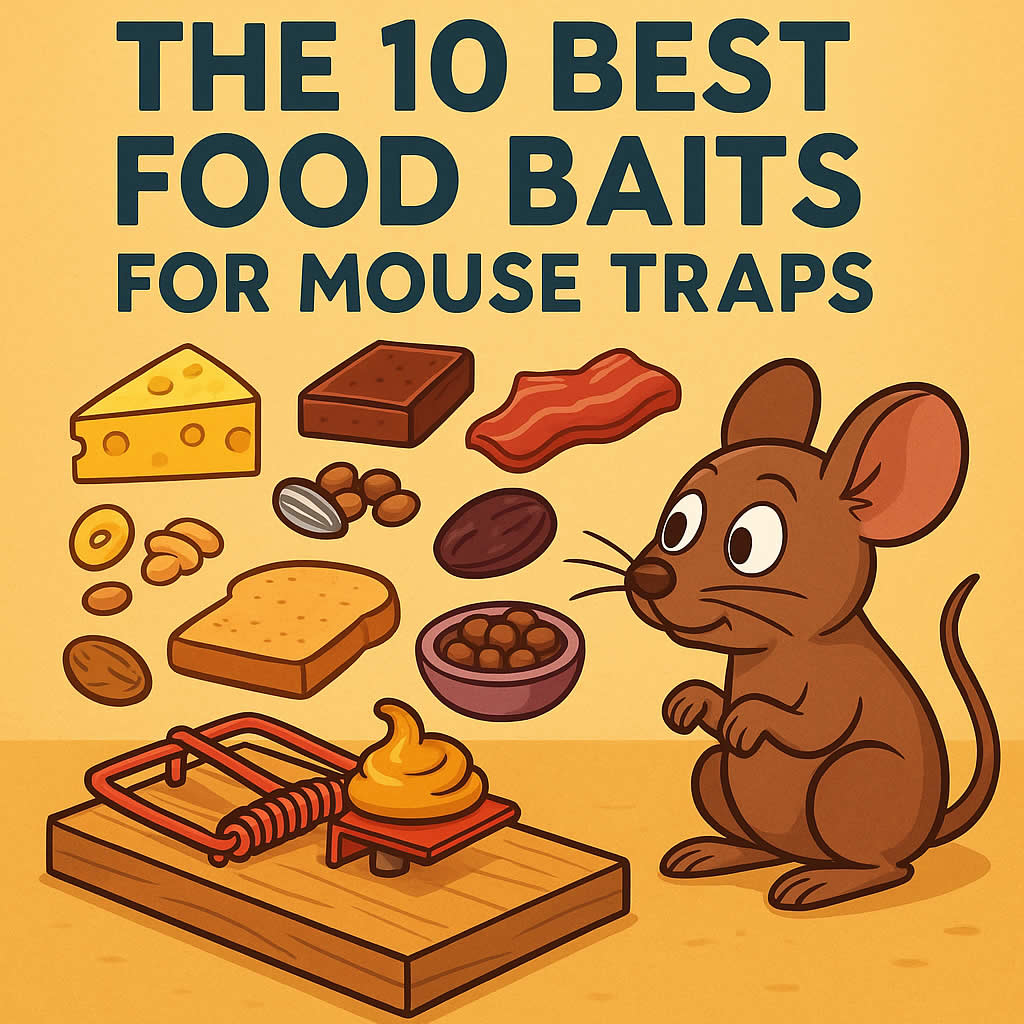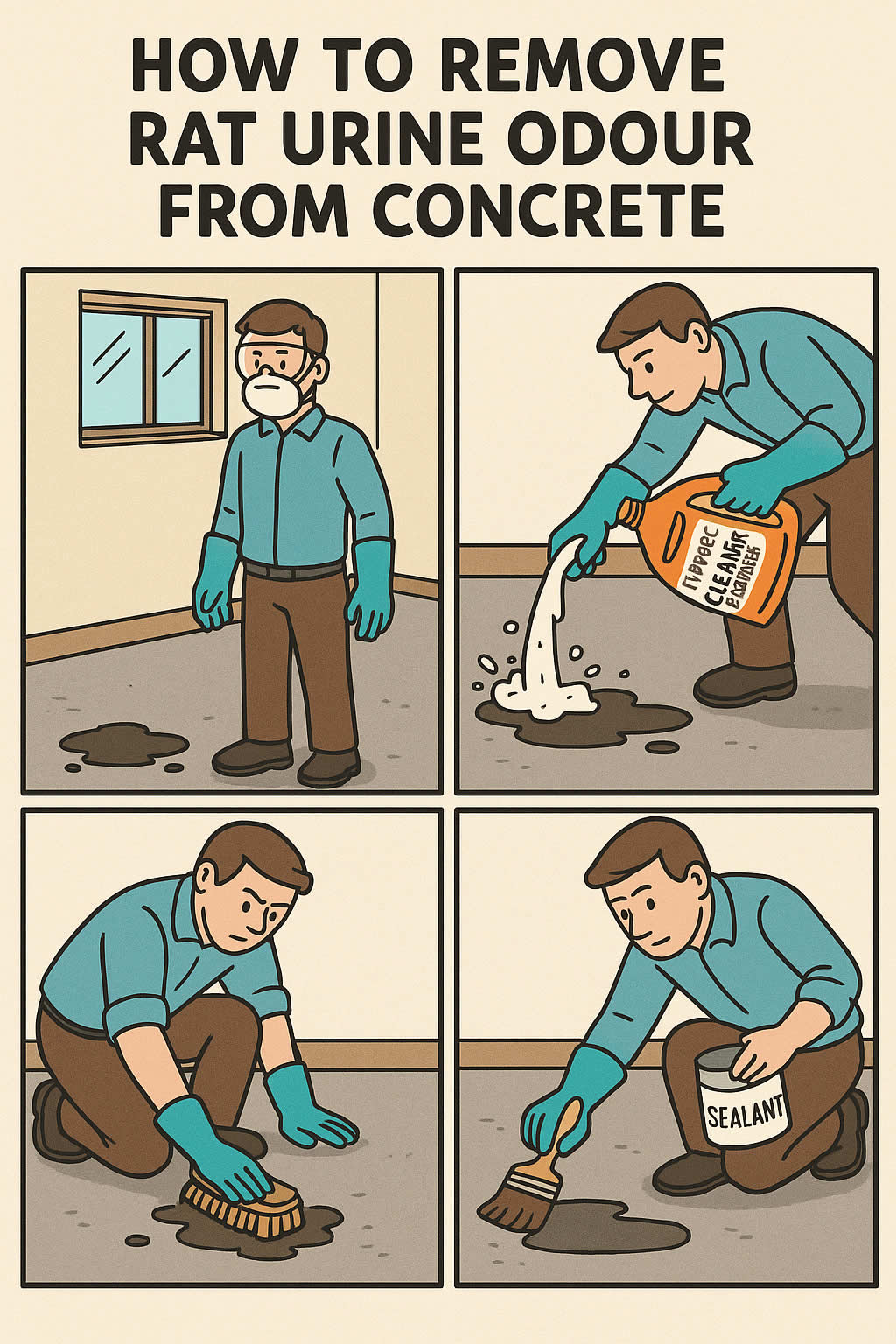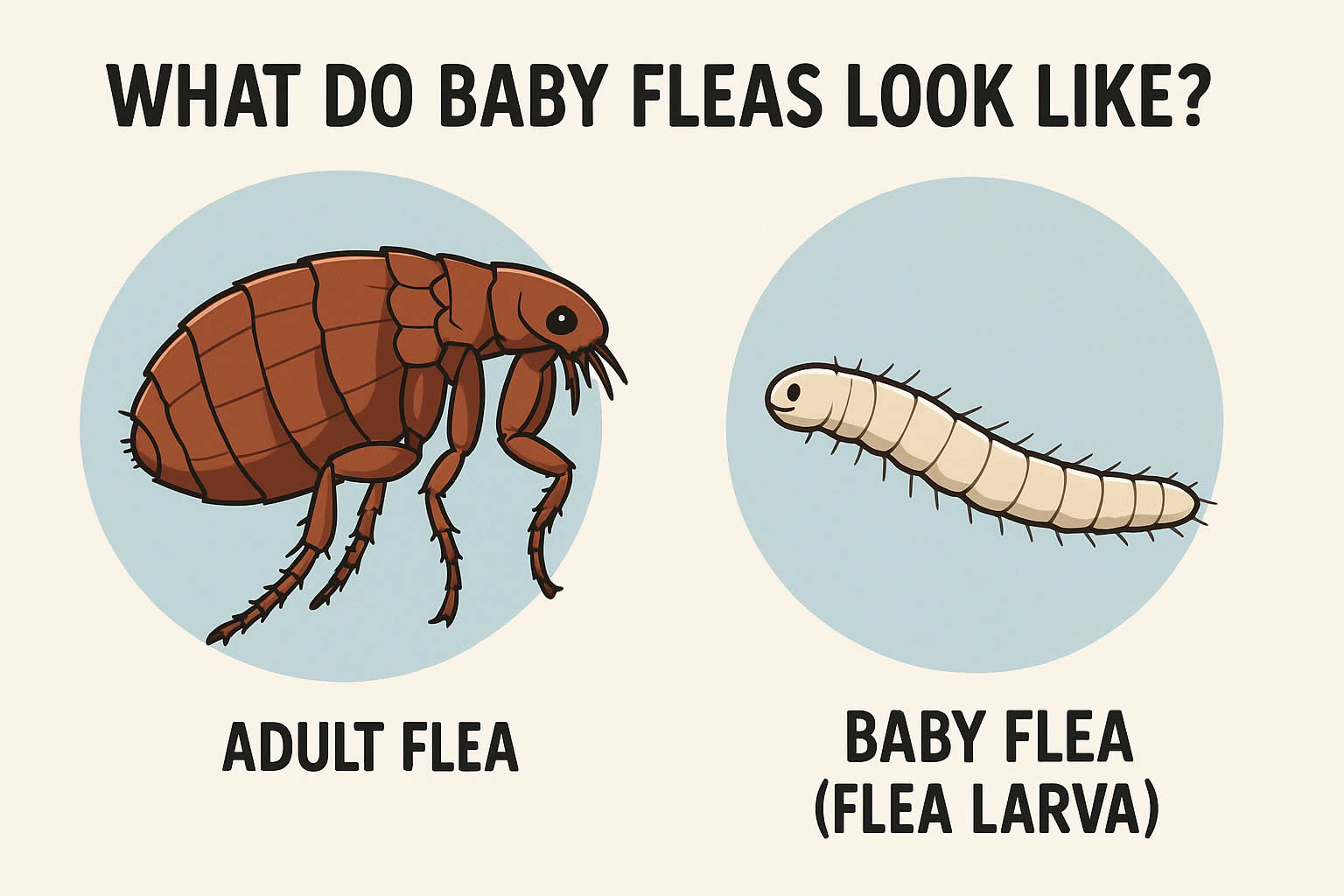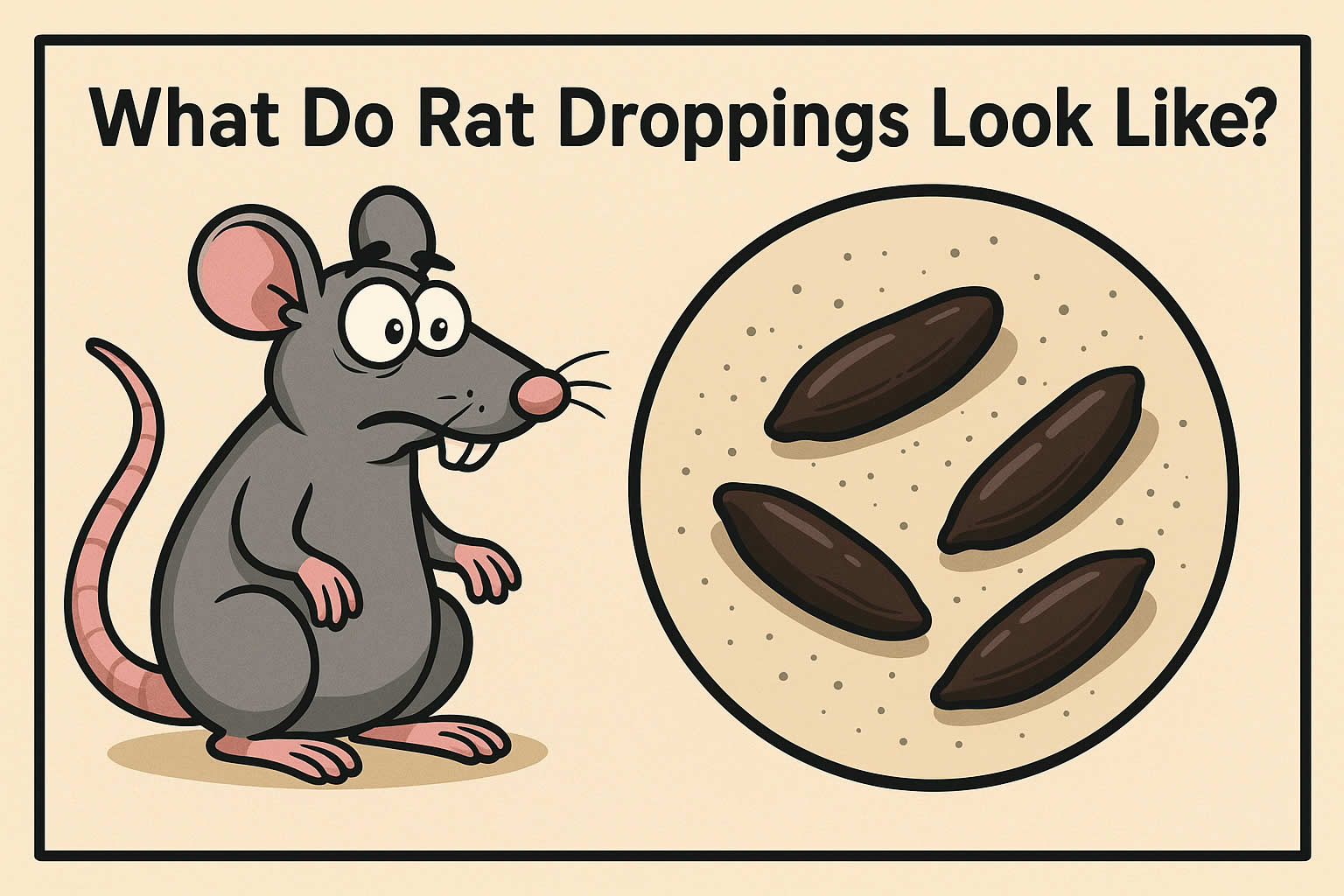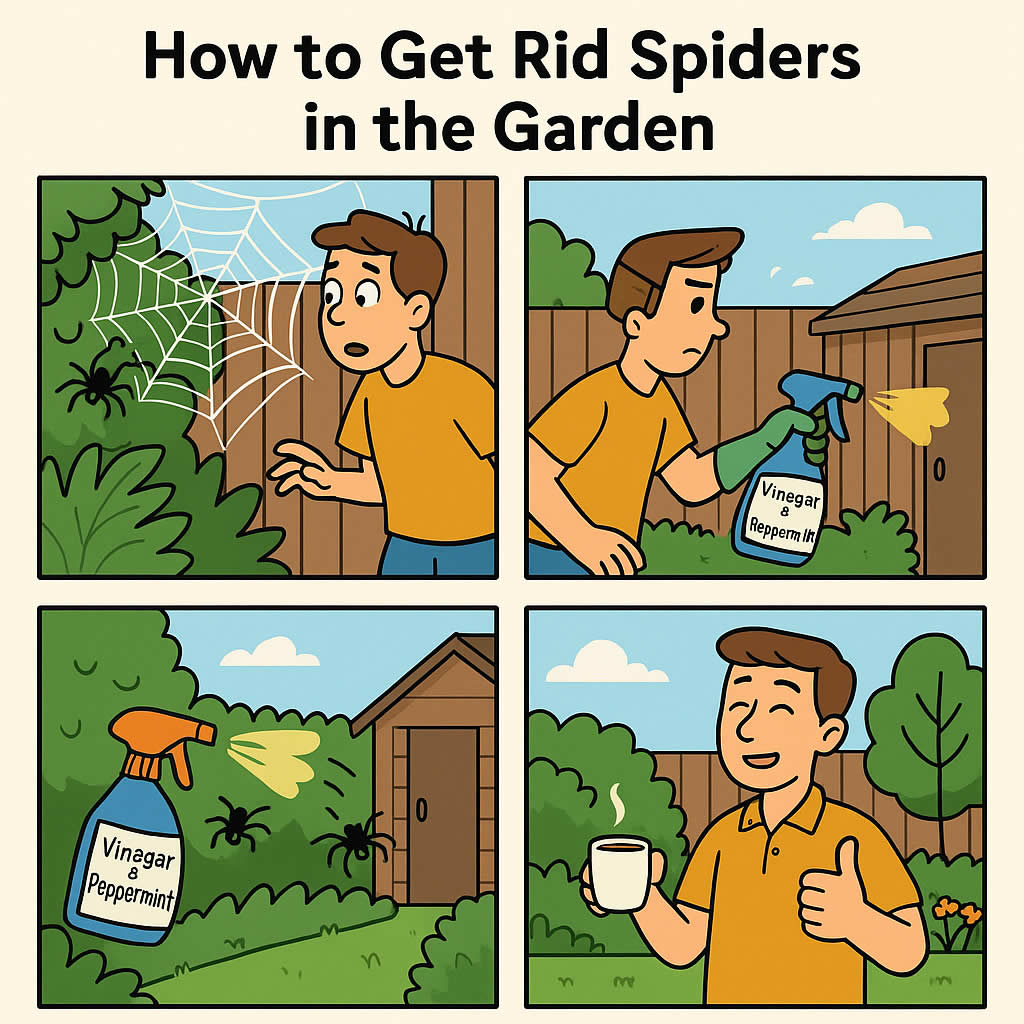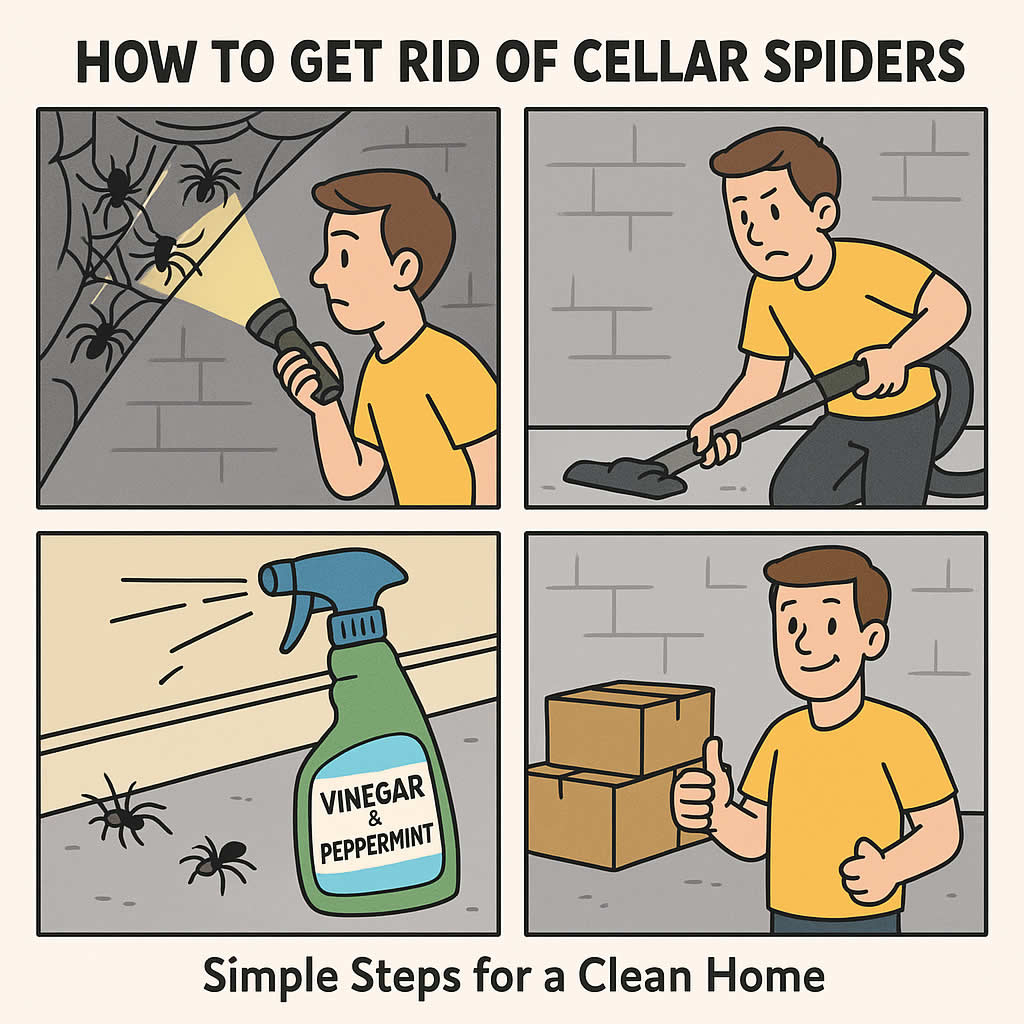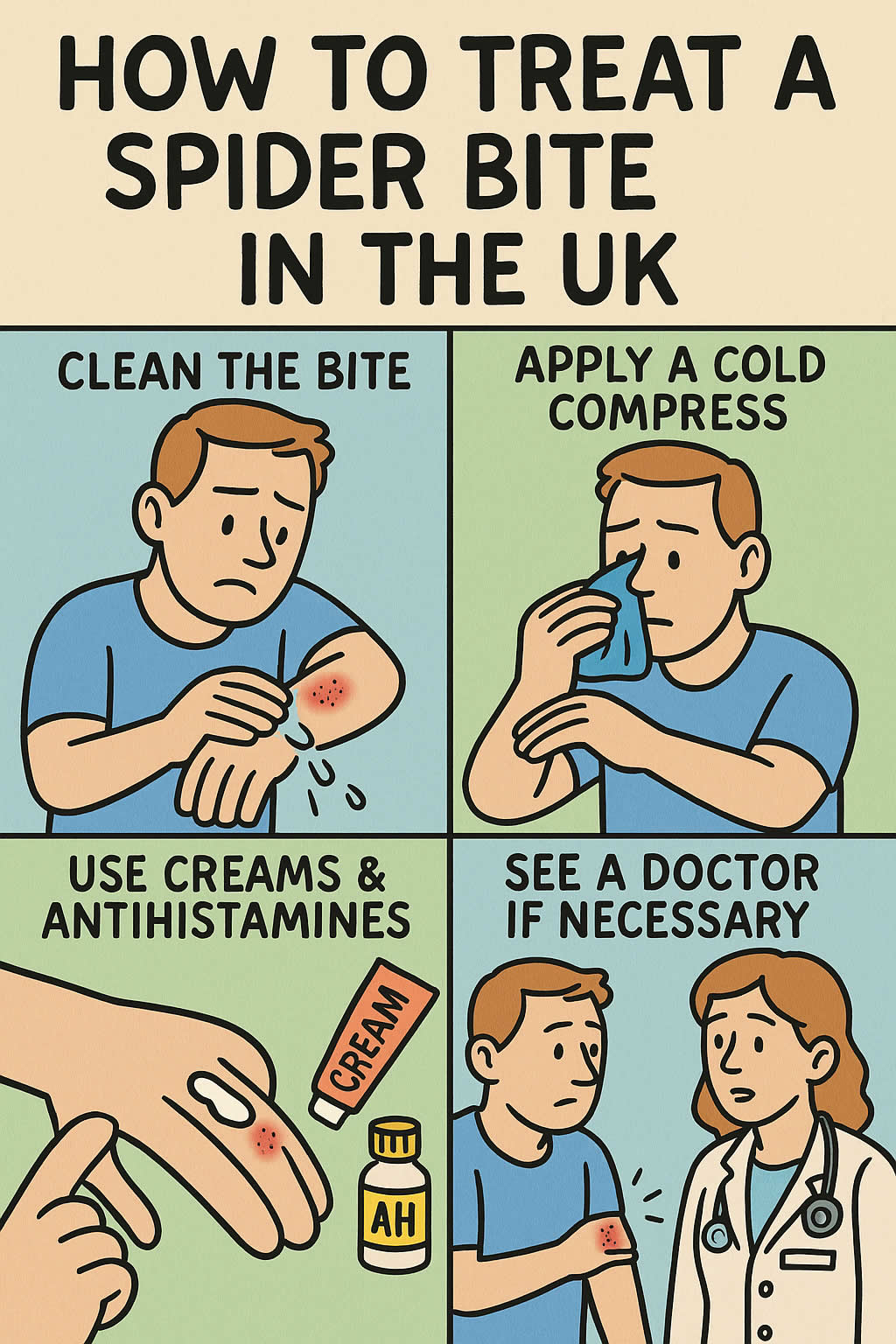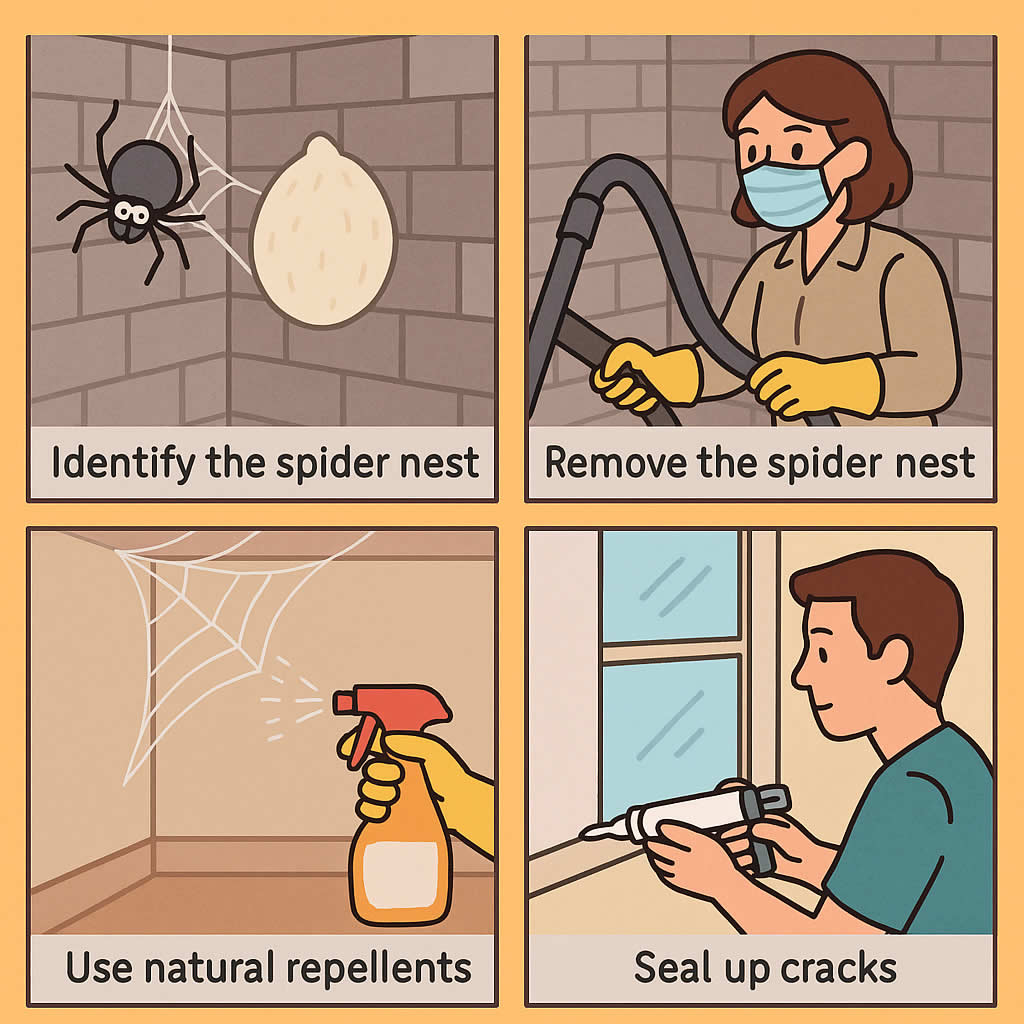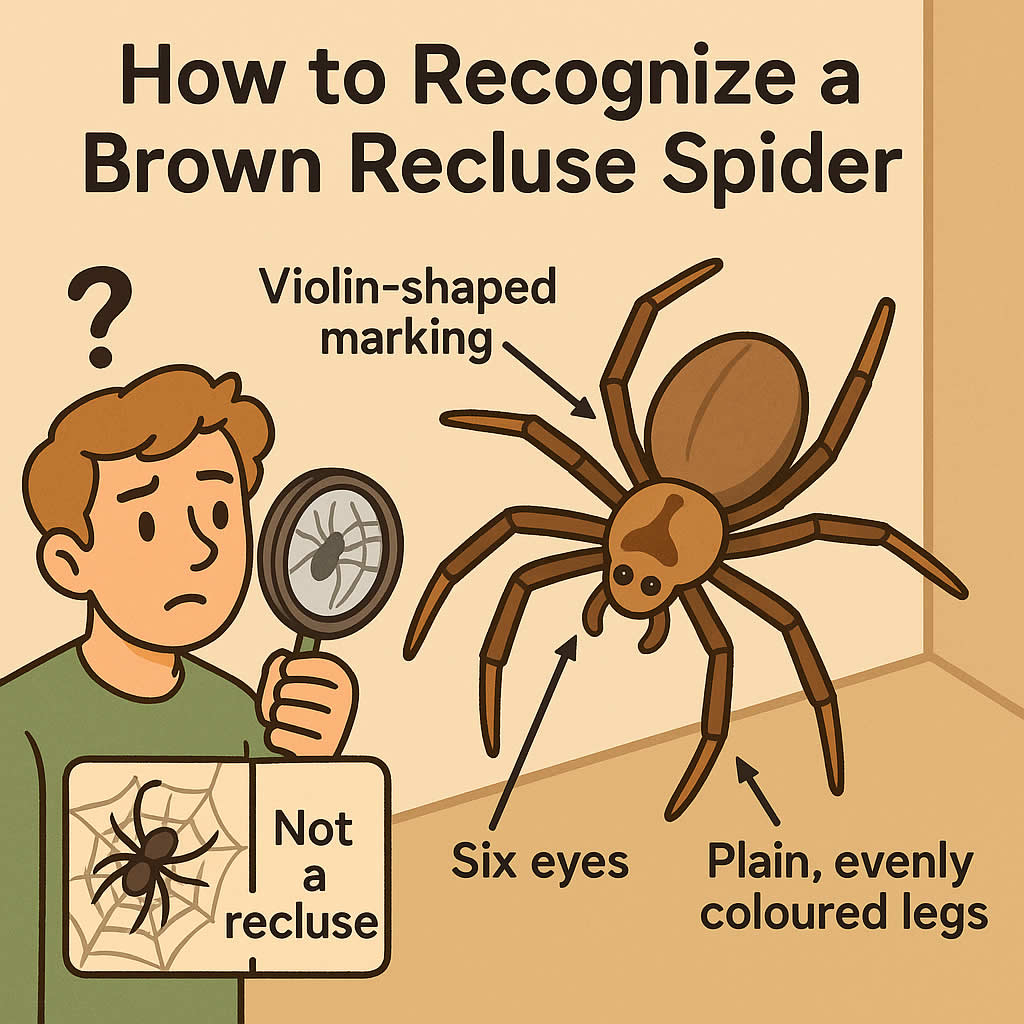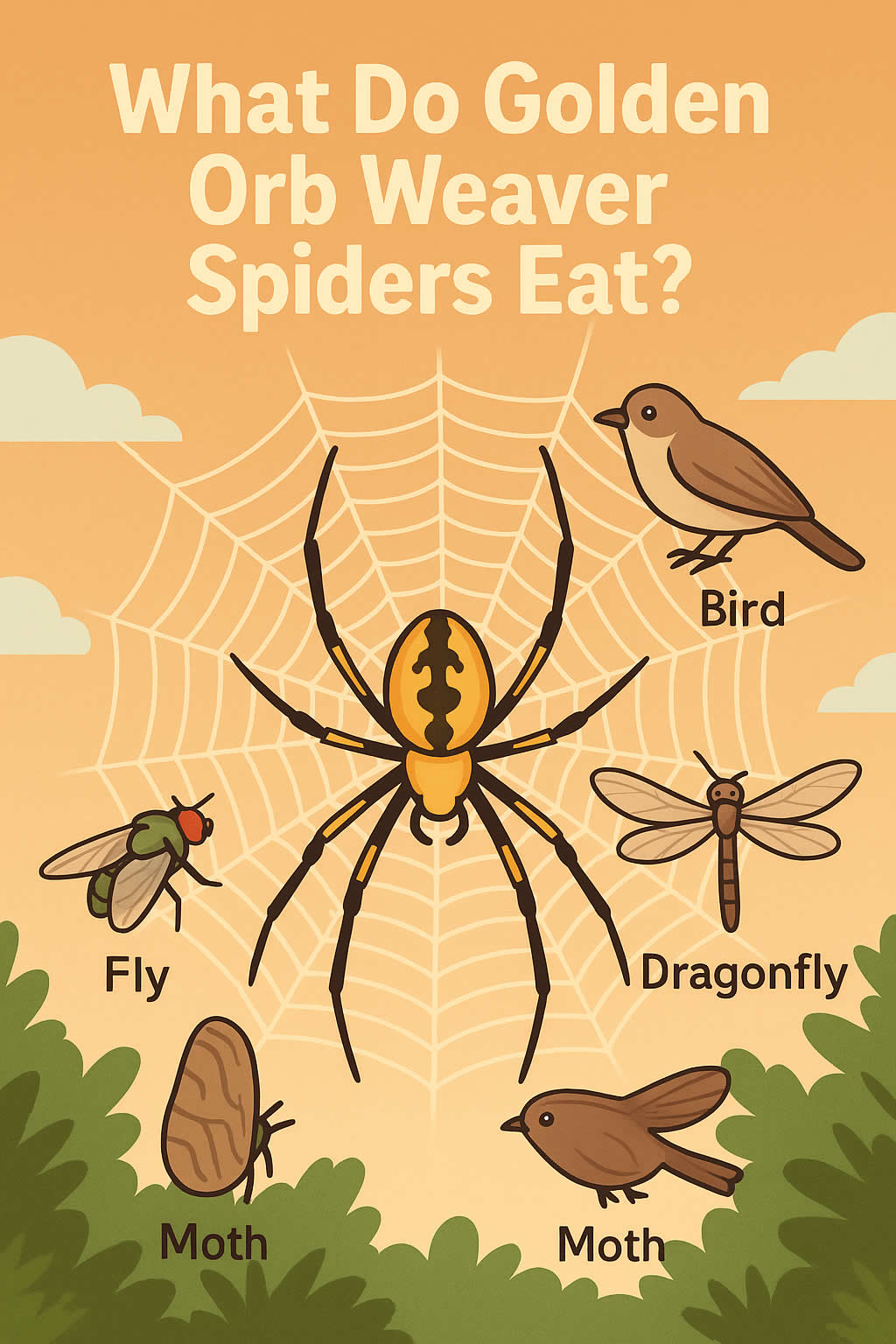Related Queries
ToggleFinding that your child or pet has become stuck on a mouse glue trap is a distressing experience. It often happens suddenly, and the panic that follows can make the situation worse. Glue traps are widely used for rodent control, but they don’t discriminate — curious little hands, paws, and even clothing can get caught in the sticky surface.
The good news is that with patience, the right approach, and a bit of know-how, you can remove the trap safely without causing harm. In this guide, we’ll look at why glue traps pose risks, step through the safest ways to free skin, fur, and clothing, and share advice on preventing these incidents from happening in the first place.
Why Glue Traps Are a Problem in Homes
Glue traps are flat boards coated with an extremely sticky adhesive, designed to capture rodents. While they might seem like an easy solution, they’re not without problems.
- Risks to children – Young children are naturally curious. A trap on the floor, under furniture, or in a corner can look like something to explore. Once touched, the adhesive is difficult to remove and can cause distress.
- Risks to pets – Cats and dogs in particular are at risk, especially if they wander into a trap while sniffing around. Smaller pets such as hamsters or birds can get stuck entirely, leading to serious injury.
- Unintended consequences – While traps catch rodents, they can also harm non-target animals. Wild birds, hedgehogs, or other small creatures can become caught if the trap is left outside or in garages and sheds.
These risks make it vital to use glue traps responsibly — or better yet, consider safer alternatives.
Step-by-Step Guide: How to Remove Safely
Removing Glue From Skin
If your child has touched a glue trap, stay calm and reassure them. The adhesive will not usually cause permanent harm, but pulling roughly can hurt the skin.
- Gently apply vegetable oil, baby oil, or even standard cooking oil to the sticky area.
- Massage the oil into the glue until it begins to loosen.
- Wash the skin with warm soapy water to remove both oil and adhesive residue.
- Repeat the process as needed until all glue is gone.
Avoid scrubbing too hard or using strong cleaning products, as these may irritate sensitive skin.
Removing Glue From Hair or Fur
For pets or children with long hair, the process is similar but requires more patience.
- Apply oil directly onto the trapped hair or fur.
- Work it in with your fingers to soften the adhesive.
- Slowly separate the strands using a wide-tooth comb.
- Once free, wash the hair or fur with warm water and mild shampoo or pet-safe soap.
This process may need repeating several times. Be gentle — tugging can cause pain or lead to bald patches.
Removing Glue From Clothing or Fabric
Clothing caught in a glue trap can often be salvaged, although delicate fabrics may not recover.
- Gently scrape away as much of the glue as possible with a spoon or blunt knife.
- Rub a little cooking oil into the stained area to loosen the residue.
- Wash the fabric with detergent in warm water.
- If the stain remains, repeat the process or treat with a stain remover.
If the adhesive has soaked deeply into the fibres, the clothing may unfortunately be beyond saving.
Releasing an Animal Caught in a Trap
If a pet or small wild animal is fully stuck on a glue trap, extra care is needed.
- Place the animal somewhere calm and quiet to reduce stress.
- Apply vegetable oil to the edges of the glued areas.
- Use gentle, steady movements to lift paws, feathers, or fur free.
- Wash the animal afterwards to remove oil and residue.
If you’re unable to free the animal safely, or if it appears injured, contact a vet or wildlife rescue organisation immediately.
Safety Precautions and Warnings
- Never use solvents or harsh chemicals like petrol or paint thinner — these can burn the skin or poison pets.
- Do not pull forcefully — this causes pain and increases the risk of injury.
- Seek medical or veterinary help if you notice cuts, rashes, or signs of distress.
Staying calm and using the right technique is the safest way to resolve the situation.
How to Prevent Accidents With Glue Traps
While knowing how to deal with accidents is useful, prevention is always better.
- Keep traps out of reach – Only place them where children and pets cannot access them, such as inside locked cupboards or sealed crawl spaces.
- Consider alternatives – Safer methods include enclosed bait stations, snap traps, or professional pest control services.
- Think long-term – Sealing entry points, improving food storage, and keeping areas clean all reduce the chances of rodents moving in.
By taking preventive steps, you can protect your family and pets while still managing pest problems effectively.
Frequently Asked Questions
Are glue traps dangerous for pets?
Yes. Glue traps are designed to hold animals in place using strong adhesive. Pets that get caught may suffer stress, fur loss, or injury if not released carefully. In severe cases, they may need veterinary attention.
What can I use to get glue trap adhesive off skin or fur?
Household oils such as vegetable oil, olive oil, or baby oil work best. They soften the adhesive, making it easier to remove without pulling.
Is it safe to use glue traps if I have children?
Glue traps are not recommended in homes with young children. Even if placed carefully, accidents can happen. Safer alternatives include snap traps in enclosed boxes or professional pest control solutions.
Can I reuse a glue trap once something has been removed?
No. Once used, the adhesive is less effective and may contain contaminants. Used traps should be carefully disposed of in a sealed bag.
What’s the best alternative to glue traps?
Consider snap traps inside protective boxes, tamper-proof bait stations, or contacting a pest control company that offers safe, family-friendly solutions.
Our Final Say!
Mouse glue traps might seem convenient, but they can create unexpected hazards for children, pets, and even wildlife. If an accident happens, the safest way to free someone from a trap is to use oil, patience, and gentle handling. Harsh chemicals and forceful pulling should always be avoided.
The best way to avoid these incidents is to prevent them altogether by keeping traps out of reach or switching to safer pest control solutions.
If rodent problems are a concern in your home, consider calling in a professional pest control company. They can provide effective, family-friendly solutions that keep everyone safe — including your pets.
Pest Control Tingrith – Pest Control Cockayne Hatley – Pest Control Broom

